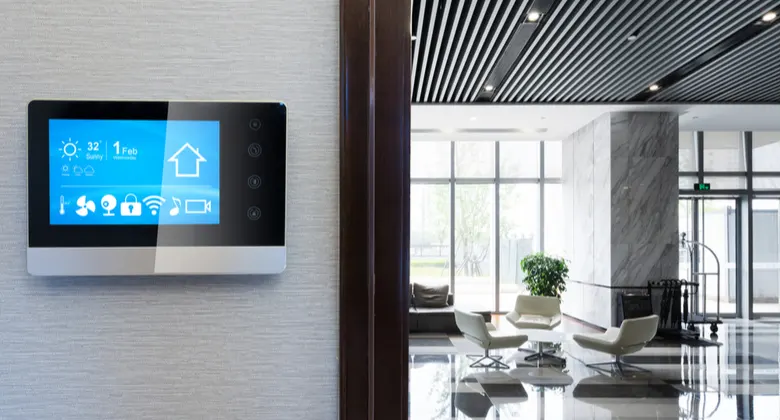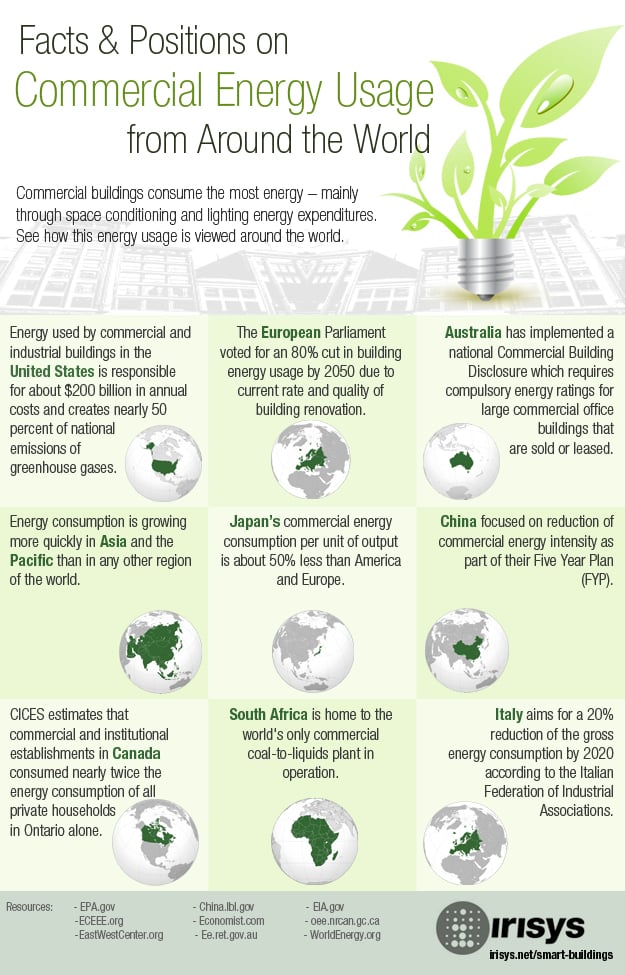According to reports, the average Briton will spend 3507 days of their lifetime at work, a figure not dissimilar to that of other developed countries. The demand for better work environments correlates with the rising average age for retirement and a renewed focus on mental and physical wellbeing. Investments in smart buildings have a positive effect not only on employee satisfaction but also a direct impact on business profit margins.
Smart buildings make us healthier
One of the biggest contributors to illness in the modern world is stress, and its symptoms can manifest in the human body in a number of ways such as headaches, depression, inflammation and reduced immune support.
In the work environment, triggers such as malfunctioning office equipment, inadequate lighting, poorly designed workspaces or inhospitable room temperatures can make employees feel sluggish, tired, irritable and less productive.
Furthermore, the added pressure on staff to remember to turn off lights and devices before leaving certain areas can plague the mind excessively. Occupancy sensors automatically take care of this problem, enhancing not only the safety of your building, but also its energy efficiency – and, of course, it’s one less thing for busy workers to worry about.

Smart buildings make us more productive
Reports show that smart buildings could boost productivity by as much as 37%. By allowing operatives to control heating, lighting, air quality, as well as generating the kind of data that helps to optimise workspaces, smart devices have a pivotal role in increasing the overall output of your business.
Traditional, well-insulated buildings may help to retain heat, but this factor also creates a breeding ground for high levels of CO2 which in turn affects brain function. Many employers do not recognise the knock-on effect this has on their employees’ ability to concentrate and perform complex tasks.
Understandably, variables such as light and temperature will affect each individual differently, but with smart devices, you are far more likely to find a happy medium that intuits the needs of occupants. People counters can communicate with other smart devices in your building to manipulate the internal environment and create the ideal atmosphere for your team members.
Find out more about how a smart building can benefit your business here.
How smart buildings help with talent acquisition and attention
Employees, especially millennials – one of the most significantly represented demographics in the current workplace – have entirely different expectations of what life in employment should look like. In addition, the nature of our jobs has changed. Collaboration, communication and transparency are vital components to the tasks employees must perform.
When scoping out a new career move, candidates will seriously consider the features and facilities your building has to offer and how they contribute to a healthy workflow. Furthermore, sustainability and environmental concerns really do matter to workers. Knowing that your building is energy efficient and that you take measures to minimise your carbon footprint can be a deciding factor for your candidates.
Shifting your focus to align with the ethical concerns of your current and future employees shows dedication to your human resource component. This is something that will help to position your business as an industry leader and the kind of organisation that attracts and retains top candidates.

Investing in smart buildings does not simply mean you are an ethical employer or commercial property owner. IoT initiatives help to prepare your business for a future which will be firmly centred around the individual needs of the people who help your business to grow. Your employees’ wellbeing and the ability of your company to consistently increase its revenue are two closely related factors that warrant a lot of careful consideration.
Find out more about how you can improve your employees' wellbeing and experience when they return to the office. Download our eBook Using Occupancy Data to Re-Engage Employees with the Workplace here.
Share this
You May Also Like
These Related Posts

How can Offices Save Space, Energy and Money?
The State of Smart Buildings 2013: It’s all about people

Commercial Energy Usage from Around the World
Connect with us
Need more information? Ready to get started? We're here to help, get in touch.


